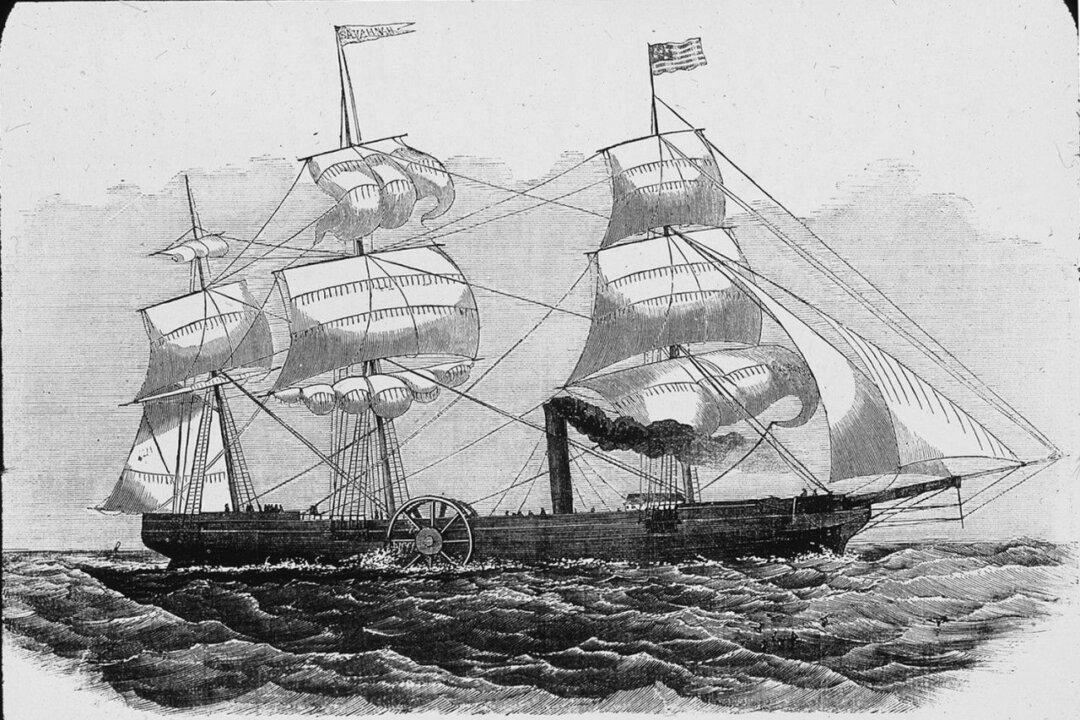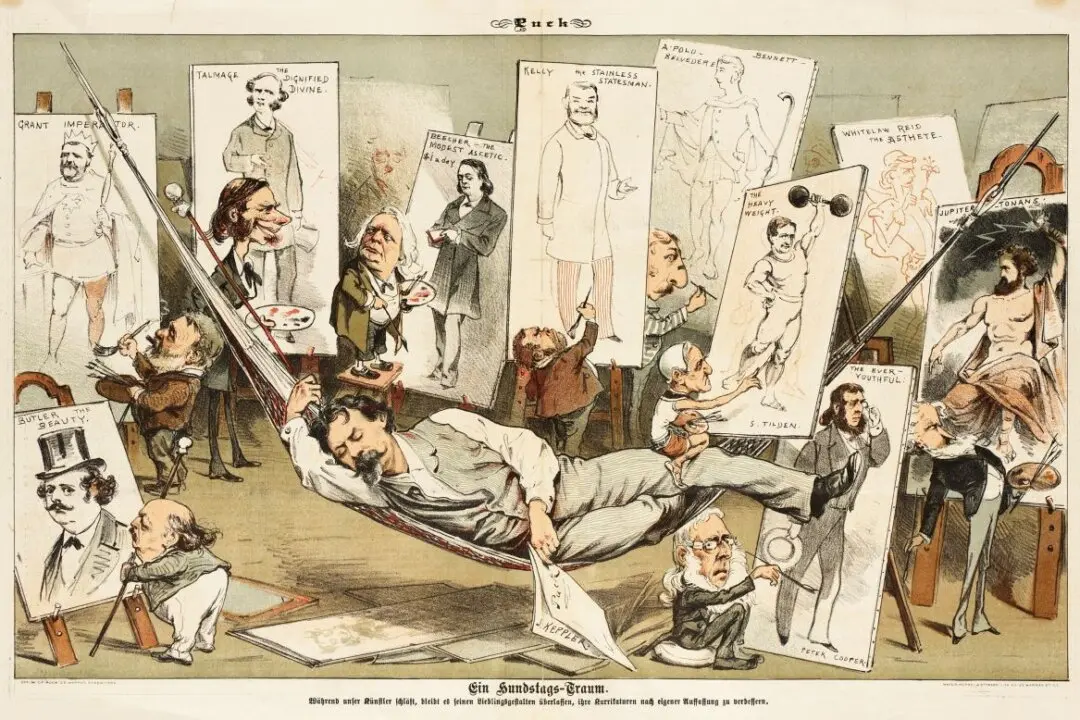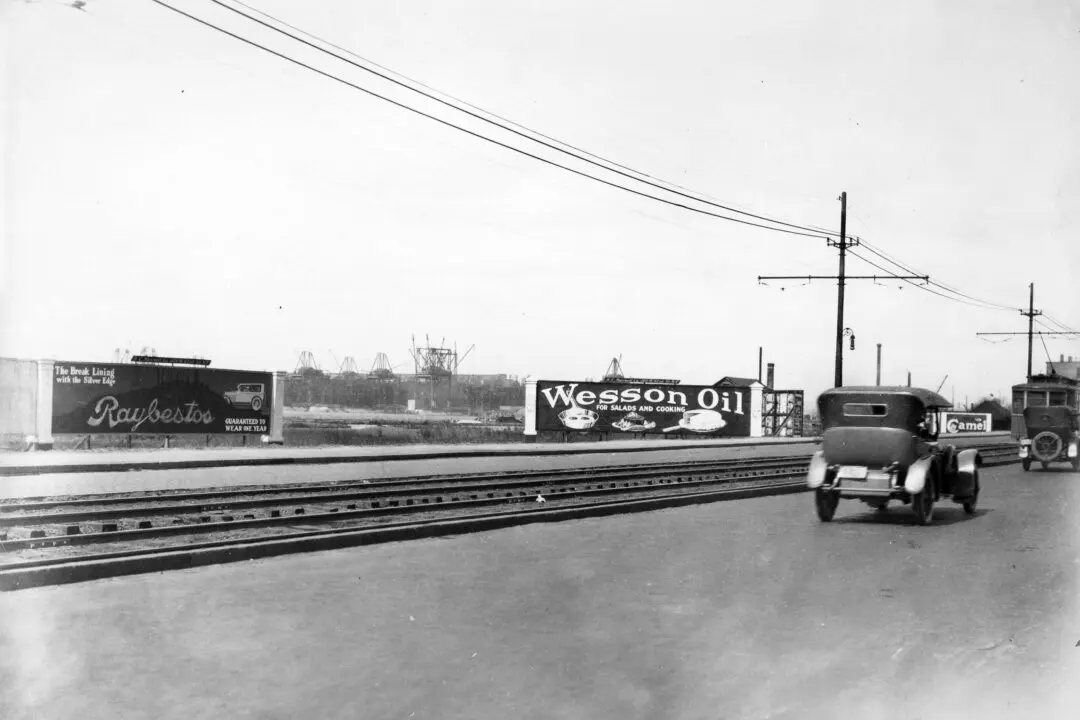Robert Fulton is typically credited with creating the first successful steamboat, but he was far from the first to design and build one, as is often erroneously suggested. John Fitch had designed and built America’s steamboat two decades before Fulton, but the invention never grew commercially. It did, however, inspire others to pursue the use of steam power on the water.
A year before Fitch completed his steamboat in 1787, Fulton, who at the time was a painter (among his early works was Benjamin Franklin’s portrait), left for London to pursue a career in the arts. A few years later, his interests detoured toward science and engineering.






